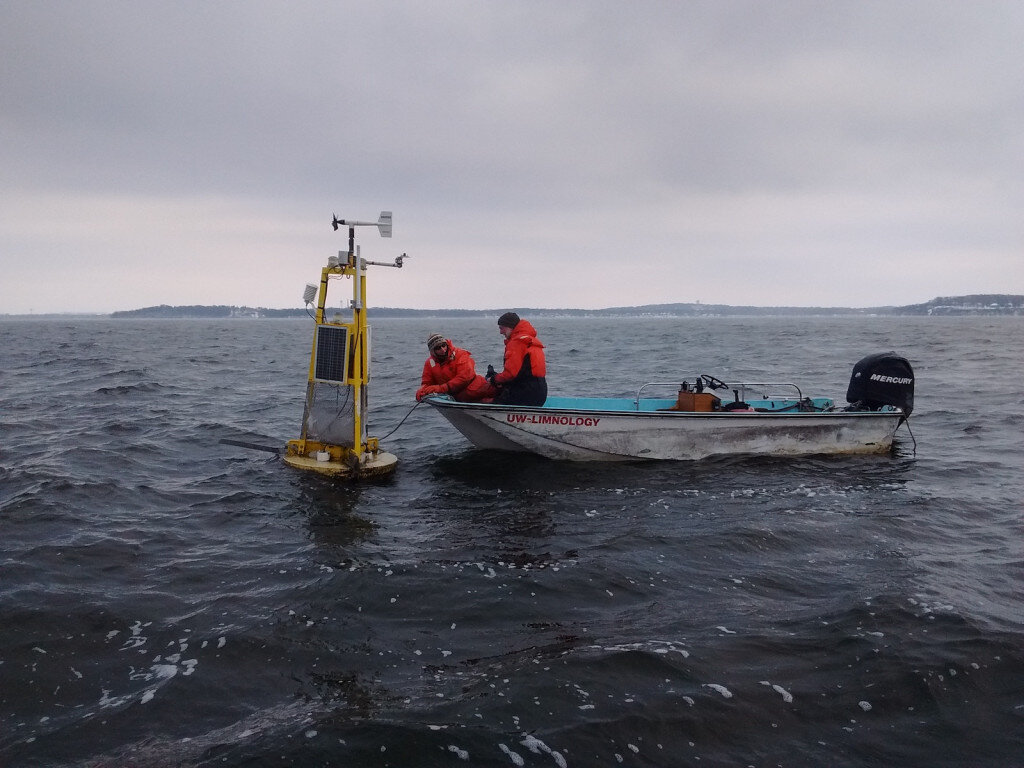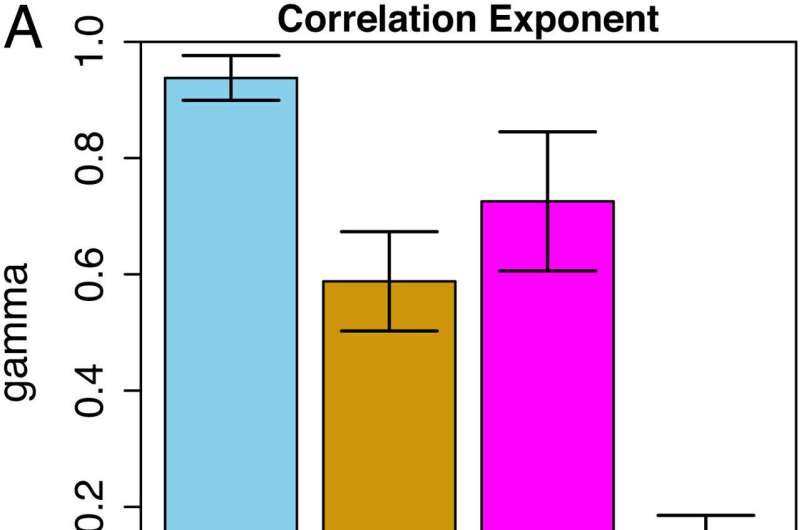#Study finds that big rains eventually bring big algae blooms

Table of Contents
“Study finds that big rains eventually bring big algae blooms”

In the lake-rich regions of the world, algae blooms are a growing problem. Not only are the floating green scums a nuisance for anyone hoping to enjoy the water, they can turn toxic and threaten public health.
The main driver behind these blooms is phosphorus, an element used widely in agriculture to fertilize crops, that can run from the land and into lakes—especially during heavy rains. A new study from the University of Wisconsin-Madison shows how soon after a storm phosphorous “loading” sparks algae explosions, but also describes the many other factors that weigh on when and whether the lake reaches a tipping point.
“The fact that you just had a big storm doesn’t mean now you’re going to get a big [algae] bloom. The blooms are much more complicated.” says Steve Carpenter, lead author of a report published in the Proceedings of the National Academy of the Sciences.
Carpenter, director emeritus at UW-Madison’s Center for Limnology and professor emeritus of integrative biology, led a team of researchers in a deep dive into long-term datasets collected on Lake Mendota, Madison’s largest and longest-studied body of water.
The scientists knew that only a handful of the highest precipitation storm events delivered about three-fourths of the phosphorus to the lake each year. In other lakes, previous research had documented big algae blooms following on the heels of big storms.
But, in Lake Mendota, this dynamic is more complex. While phosphorus is undoubtedly the key ingredient for an algae bloom, Lake Mendota can stew for quite a while before producing one. In fact, the report found that the mean lag time from a big storm to a big bloom is 15 days, with some delays between a heavy, phosphorus-delivering rain event and a notable algae bloom taking up to two months.

So, what’s going on? It turns out that phosphorus is only one part of the algae bloom recipe. Carpenter identifies three other key factors at play: calm winds, warm surface waters and a low abundance of tiny crustaceans called zooplankton.
Much like the annual “greening up” that occurs on land when winter thaws into spring, lakes see an explosion of growth, especially algae, as their waters warm. When it’s windy, this algae is mixed into the water column, but when the wind dies down, it can float to the surface and form a bloom. And all of this can happen only if populations of algae-grazing zooplankton are small. If zooplankton numbers are high, they can eat enough algae to keep a bloom at bay.
Carpenter points to time periods in the Lake Mendota dataset where these variables held the phosphorus-rich lake in check. High zooplankton abundance from the 1980s to early 2000s kept the waters much clearer, on average. Additionally, a cool, gray, cloudy summer in 1993 kept surface water temperatures lower, resulting in remarkably few blooms even though the lake was loaded with phosphorus from heavy spring and summer rains.
The interplay of these variables will make it difficult to reach a point where we can predict algae blooms with any precision, Carpenter says. They are also out of human control. That, according to the researchers, leaves one clear option for people who want to get water quality trending in a better direction and head off future algae blooms: Turn off the phosphorus tap.
Drastically reducing the amount of phosphorus used on land will lead to less of it running into our waters. While it will take some time for the phosphorus already in a lake to cycle through the system, eventually natural processes will lower the load. It’s not a quick fix, Carpenter says, but it’s currently the only option on the table.
“The sun is going to shine, the wind is going to blow, the grazers are going to fluctuate with the food web and species invasions,” he says, “The one thing you can really control is you can keep the phosphorus down.”
Stephen R. Carpenter et al, Long-range dependence and extreme values of precipitation, phosphorus load, and Cyanobacteria, Proceedings of the National Academy of Sciences (2022). DOI: 10.1073/pnas.2214343119
Citation:
Study finds that big rains eventually bring big algae blooms (2022, November 28)
retrieved 29 November 2022
from https://phys.org/news/2022-11-big-eventually-algae-blooms.html
This document is subject to copyright. Apart from any fair dealing for the purpose of private study or research, no
part may be reproduced without the written permission. The content is provided for information purposes only.
If you liked the article, do not forget to share it with your friends. Follow us on Google News too, click on the star and choose us from your favorites.
For forums sites go to Forum.BuradaBiliyorum.Com
If you want to read more Like this articles, you can visit our Science category.



